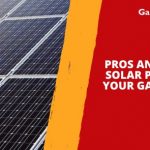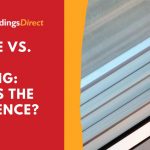Jump to:
Good light is a must, no matter how you use your garden shed. It makes all the difference, especially with the right lighting, whether you’re working late or need better visibility when accessing your shed. Here’s what you need to know:
Your Shed Lighting Options
You have three choices: natural and artificial lighting or solar lighting.
Natural light
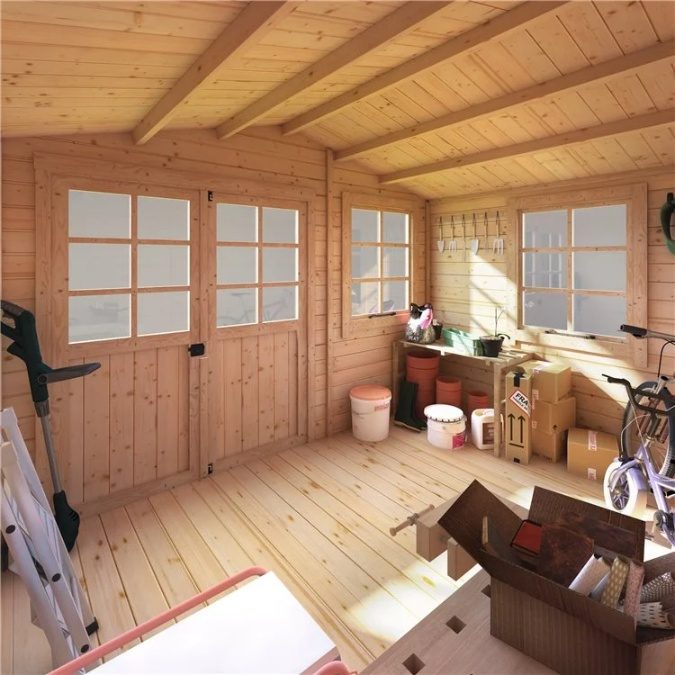
Natural light comes from the sun, and it’s an excellent source of lighting as it is free! Being in natural light can also improve mood, energy levels, and productivity. You can bring more of it into your shed with windows, skylights, or glass doors.
Adding large, south-facing windows will let in plenty of sunlight throughout the day. Skylights on the roof bring in overhead light, making the space feel more open. Glass doors not only look great but also let sunlight flood the interior.
With a good amount of natural light, your shed will have better visibility, and as for you, you’ll cut down on the need for artificial lighting.
Of course, the easiest way to achieve this is simply to buy a shed with windows.
Artificial light
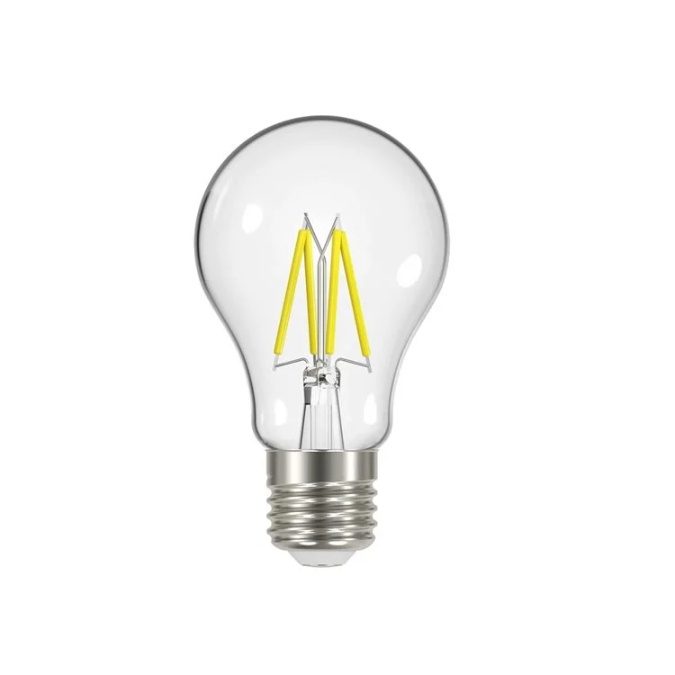
Artificial light comes from anything other than natural sources, like incandescent bulbs, fluorescent tubes, or LED lights. It needs energy to run, unlike the natural approach.
Consider the following when picking artificial lighting:
- Energy-efficiency: LEDs are your best bet since they use less energy and last longer than traditional bulbs.
- Brightness: These are measured in lumens. The higher the lumens, the brighter the light. Think about how much light you need based on what you use your shed for.
- Usage life: How long will the light last before needing a replacement
- Installation: Can you fit it yourself, or will you need an electrician
- Wattage: This tells you how much electricity the light uses. Lower wattage means lower energy costs. For small sheds, 10–15W LED bulbs should work, while medium-sized sheds might need 20–30W. Feel free to adjust according to how much light you need and your shed size.
Solar lighting
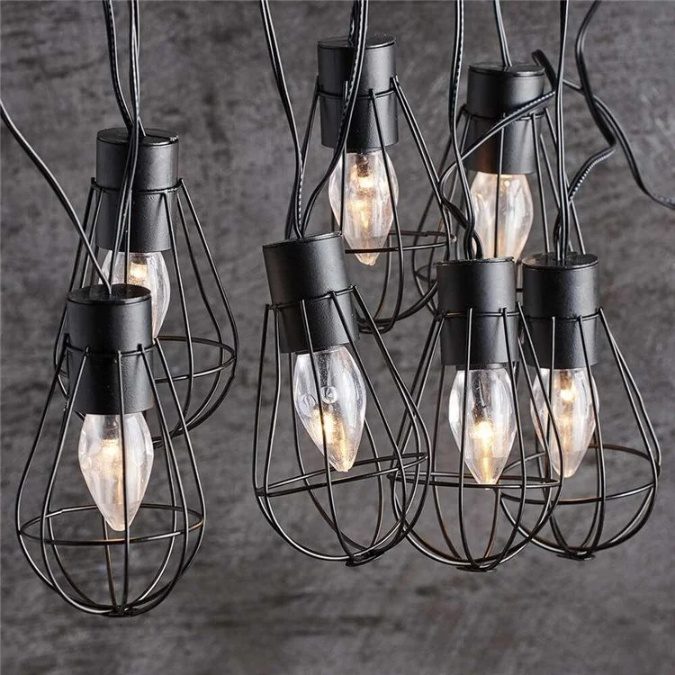
Solar lighting is a great way to power your shed without relying on mains electricity, especially if you have a windowless shed. Solar panels on the roof collect energy from the sun during the day, storing it in a battery. Once it gets dark, the battery kicks in and powers your lights.
It’s a renewable, cost-effective option that needs little maintenance and lasts a long time. Plus, it’s better for the environment and helps lower your carbon footprint.
Keep in mind, though, that this lighting option does have its downsides. Since it relies on sunlight, it won’t be as effective on cloudy days or when daylight hours are shorter, such as during winter months.
Round-up
Natural lighting brings the outdoors in and cuts down on electricity use during the day. Artificial lighting gives you reliable brightness when it’s dark. Meanwhile, solar lighting is a great eco-friendly option that saves on energy costs—just keep in mind that it depends on the weather.
In the end, the best choice comes down to how you use your garden room. Hopefully, this guide helps you figure out what works for your shed storage, shed workshop, or any garden room.
Read our next guide to learn more: How to Install Log Cabin Lighting
FAQ
What are the lighting options for your shed?
Lighting options for a shed include natural options like openings in the walls or roof, windows, and doors, and sun tubes. There are also artificial options including solar-powdered, battery-powered, mains-run lightbulbs, and on-demand lighting.
How much does it cost to install lights in a shed?
If you're thinking about running mains power, consider that you'll need to add the cost of the wiring itself and any armouring as well as labour and switches at the other end.
How many lights do you need?
To figure out how many lights you need in your shed, come up with a lighting design. Figure out your shed size, the light type you're after, what you use your shed for, and your personal preference.
For example, you might like LED strip lighting but want to use your shed as a workshop and not want the shadows or flickering they come with.
How much artificial light do you need?
Lumens is the measure of light emitted by artificial bulbs. To work out the lumens you need, simply multiply the square footage of the shed by 10-20 lumens per square foot.
